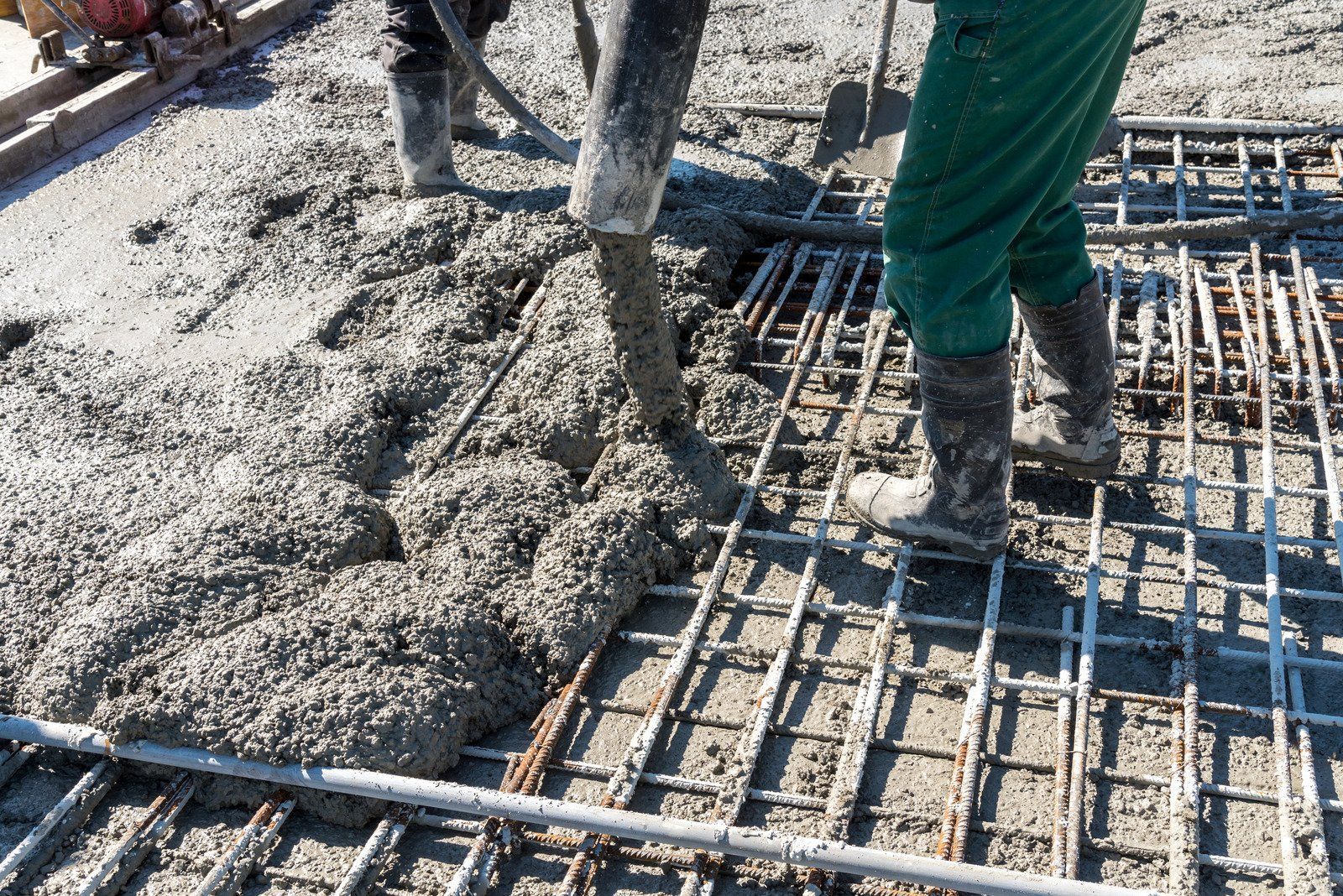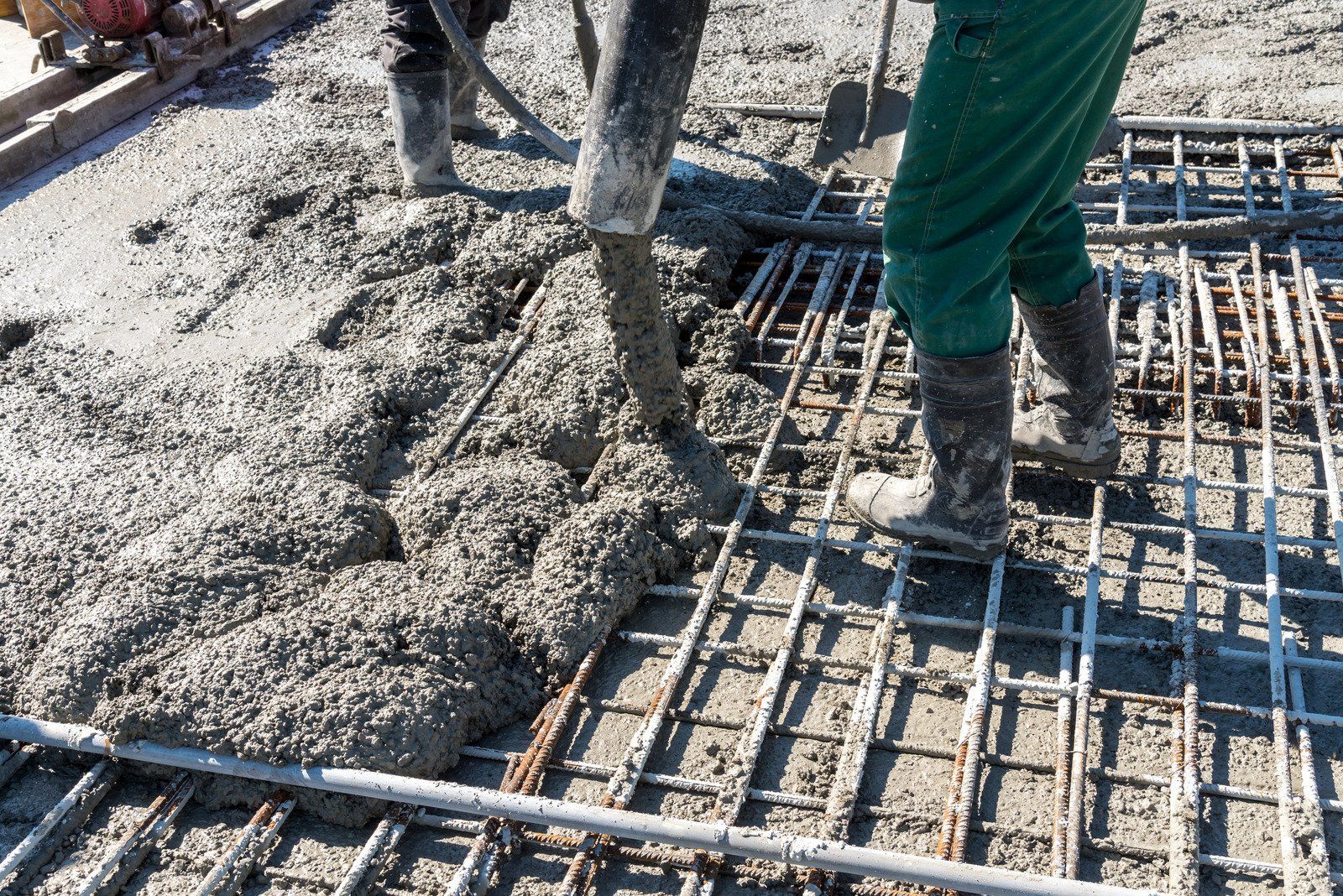CALL US: 253-651-0653
CALL US 253-651-0653
The Detrimental Impact Of High Compressive Strength And Safety Factors In Concrete Mix Design
THE DETRIMENTAL IMPACT OF HIGH COMPRESSIVE STRENGTH AND SAFETY FACTORS IN CONCRETE MIX DESIGN
In the pursuit of ever-stronger concrete, the industry has embraced mixes with high compressive strengths and safety factors. While these metrics may seem desirable, they actually promote detrimental practices that compromise concrete's durability, sustainability, and workability. It's time to reassess our priorities and get back to basics.
The industry relies on low water-to-cement ratios and high levels of chemical admixtures to gain safety factors that lead to excessive compression strength. These formulations may produce impressive lab test results, but they create real-world problems. The resulting concrete can be difficult to finish, making it challenging for skilled tradespeople to achieve the desired surface quality. This is more than just a matter of aesthetics; poor finishability can compromise the long-term performance of the concrete.
Moreover, the brittleness that accompanies these overdesigned mixes makes concrete more prone to cracking and degradation. Over-designed concrete mixes can lead to reduced service life, increased maintenance, and a larger environmental footprint over the long haul.
The focus on compressive strength also overlooks the importance of ductility in concrete. Ductile concrete can absorb energy and deform without failing, providing greater resilience in the face of stresses caused by settlement, thermal expansion, or loading.
So, how can we balance strength with the need for workability, finish ability, durability, and sustainability? One key is the use of nanotechnology, E5 nano-silica. E5 will enhance the packing density of the concrete, reducing porosity and improving durability. It also reacts with calcium hydroxide to form additional cementitious products, contributing to strength while reducing the cement content.
E5 Nano silica, in particular, has shown great promise. Its ultra-fine particles allow it to participate in hydration reactions more effectively than traditional SCMs, delivering improved strength, durability, and workability. Incorporating E5 nano silica into overdesigned concrete mixes will help mitigate the problems produced by overdesigned mixes and enhance their ductility.
However, we must also rethink our approach to mix design and construction scheduling. Unrealistic project timelines and quality expectations are driving the adoption of problematic mix designs. We need to return to more sensible schedules and specs that allow for the production and placement of high-quality, sustainable concrete.
The development of products like E5 nano silica reflects this shift. By enabling the creation of concretes that balance compressive strength with workability, finish ability, and durability, such materials allow us to get back to basics and make concrete more sustainable. They help reduce the cement content, and thus the carbon footprint, of our mixes.
Concrete is a beautiful material with immense potential for sustainability. However, to realize that potential, we need to focus on the right metrics and practices. It's time to move beyond the obsession with compressive strength and safety factors and create concretes that are strong, durable, workable, and kind to the planet. With the right mix of designs and technologies, we can do just that.









